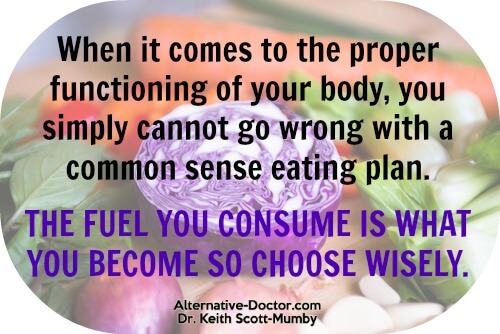Gallstones are hard deposits that form in your gallbladder when there is an imbalance in the substances that form bile. Cholesterol, bile salts, and bilirubin (the waste material formed as your red blood cells break down) are the building blocks of bile. As the liver produces bile, it’s stored in this small organ.
In the United States, more than 80% of gallstones are made of cholesterol while the remaining are a combination of calcium, bilirubin, and cholesterol. They can be as small as a grain of sand or as large as a golf ball.
Approximately 20 million American adults currently have gallstones. There are changes you can make – specifically by following a gallstone diet – that can help you avoid future problems.
Located just under your liver, the gallbladder is a pear-shaped organ responsible for storing bile produced by your liver until it’s needed by your small intestine.
Bile is used to digest fats from your food, helps rid your body of toxins, and break down fat-soluble vitamins that are critical to your health (A, D, E, and K). When you eat, your gallbladder gets the signal to excrete bile for digestion.
The truth is that doctors refer to the gallbladder as “non-essential” but when it goes bad, it can be extremely painful or even deadly.
Protecting your gallbladder (or your heart, brain, liver, intestines, and so on) is beneficial to your entire body. Looking out for one organ ultimately makes you feel better all over. That’s just common sense at work!
Risk Factors for Gallstones
- Women are more likely to develop gallstones than men and scientists believe this is linked to estrogen production.
- Being overweight or obese is a known risk factor.
- Rapid loss of weight (such as with surgical methods of weight loss) can cause the liver to excrete too much cholesterol in bile.
- Patients with Crohn’s disease have a higher risk as do individuals with other chronic digestive conditions.
- People over 40 are more likely to have gallstones.
- Those with a family history of gallstones are more likely to experience problems of their own.
- Native Americans genetically have more cholesterol in their bile and have the highest incidences of gallstones among all nationalities.
- Diabetics or those suffering from metabolic syndrome have an increased risk of gallstone formation.
- Cirrhosis of the liver and severe anemia can contribute to the development of gallstones.
- Consumption of too many simple carbohydrates and unhealthy fats raises the cholesterol level in bile. The populations of developed nations consistently eat the exact opposite of a gallstone diet.
The majority of patients who have gallstones may not know they have them since 90% of cases exhibit no symptoms. These are known as “silent” gallstones and don’t impact the function of your gallbladder, liver, or pancreas. The longer you have gallstones (ten years or more) the less likely you are to experience symptoms.
The good news is that gallstones that have no symptoms are usually not a problem to your overall health. However, in 10% of cases, gallstones can lead to extreme pain, inflammation, infection, and even death.
Symptoms reported by some patients include upper-right abdominal pain, nausea, vomiting, fever, yellowing of the skin or eyes (jaundice), or a darkening of the urine.
Gallstones can build up in your gallbladder for many years before they’re detected through bloodwork, ultrasound equipment, computerized tomography (CT), or with magnetic resonance imaging (MRI). They’re very often found when a patient is being treated or tested for something else entirely.
Attacks (known as biliary colic) may be more pronounced after a particularly fatty meal but could manifest years apart, making it less likely that gallstones will be considered as the culprit.
When gallstones “go bad,” you’ll likely have your gallbladder removed since it is considered a non-essential organ. Some non-surgical procedures may be utilized to dissolve the gallstones but this has not proven to be a lasting solution.
Digestion problems such as heartburn, ulcers, acid reflux, gas, burping, or bloating are typically not symptoms of a gallbladder problem.

The Importance of a Gallstone Diet
You know how much I believe in diet. While most people who have gallstones never show symptoms (or feel worse physically), there is no doubt that carrying around little cholesterol rocks in one of your organs can’t be considered a good thing.
For a healthy gallbladder, consume less…
- Dairy products
- Red meat
- Fried foods or fast foods
- Pre-prepared or over-processed foods with high sugar content
- Alcohol
For a healthy gallbladder, consume more…
- Fresh fruits and vegetables (this should be the bulk of your diet)
- Lean meats and poultry
- Seafood
- Legumes
- Water
Some doctors in favor of a gallstone diet also suggest whole grains but I have spoken many times about the need to limit – if not eliminate – grains from the diet for health.
When it comes to the proper functioning of your body, you simply cannot go wrong with a common sense eating plan. The fuel you consume is what you become so choose wisely.
The post Follow a Gallstone Diet for Relief appeared first on Dr. Keith Scott-Mumby.
